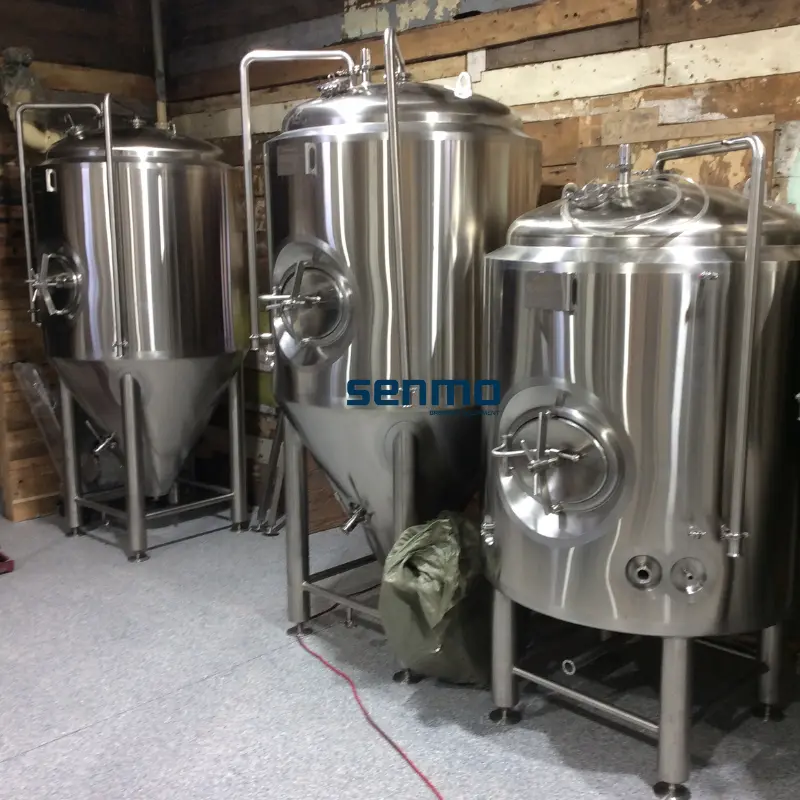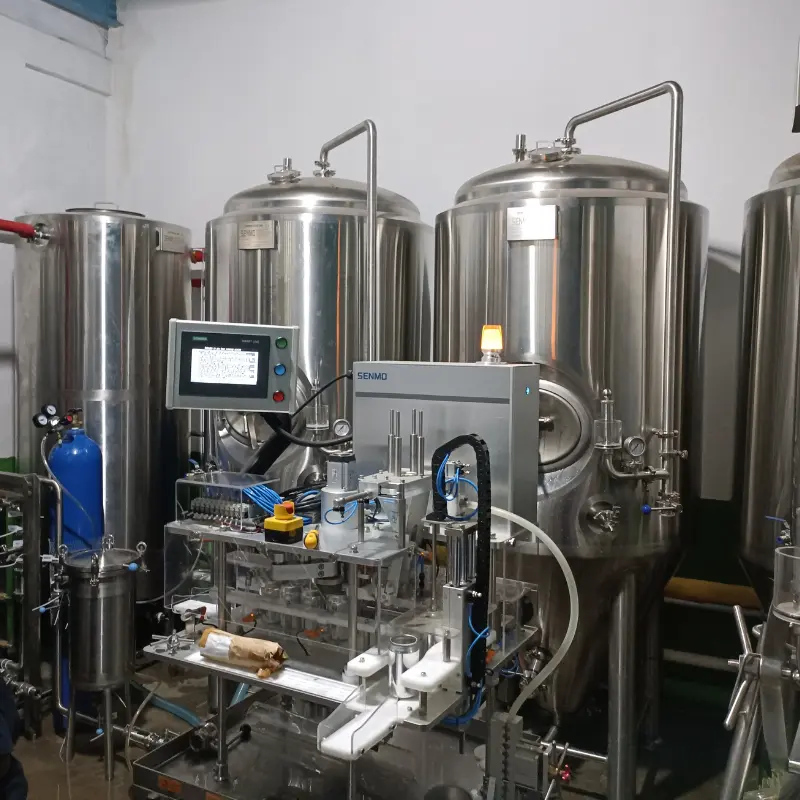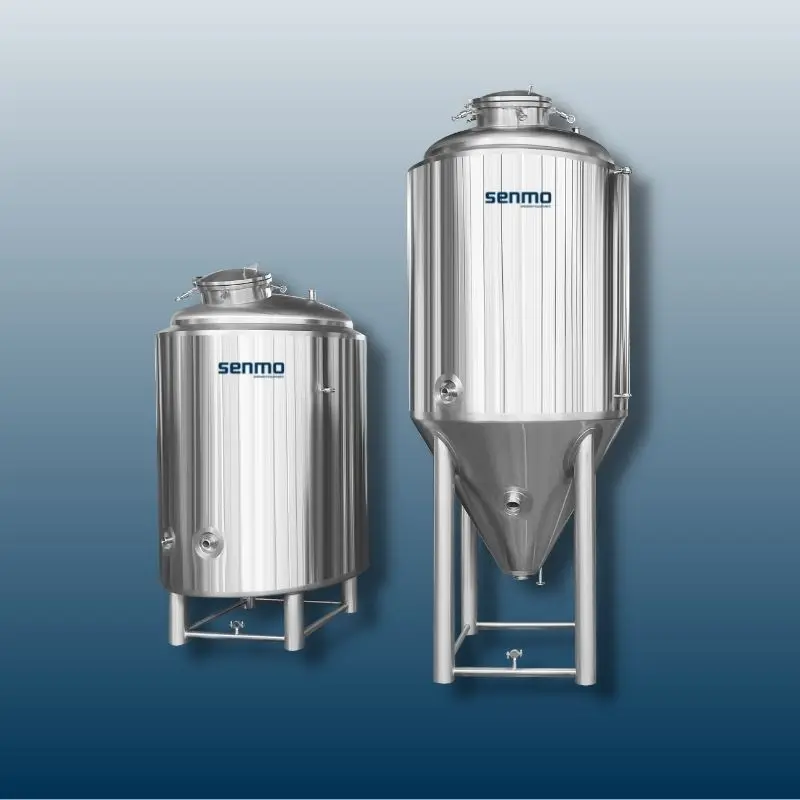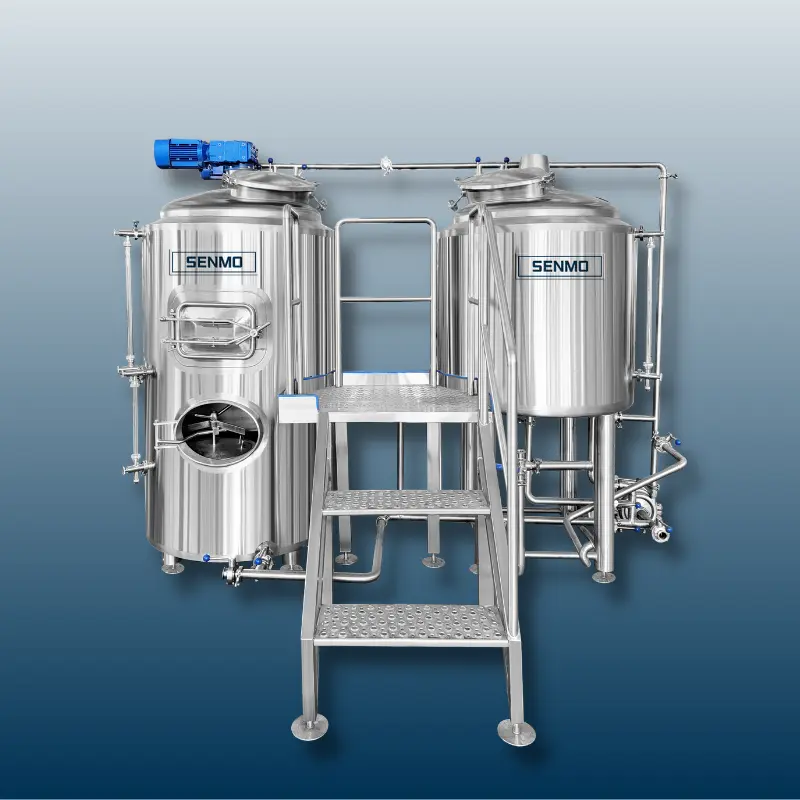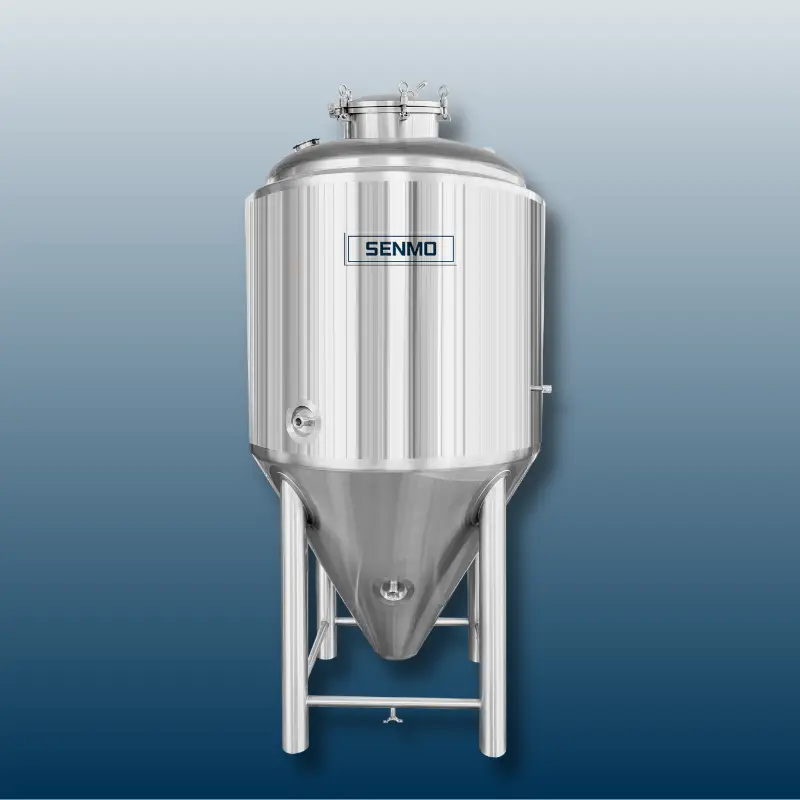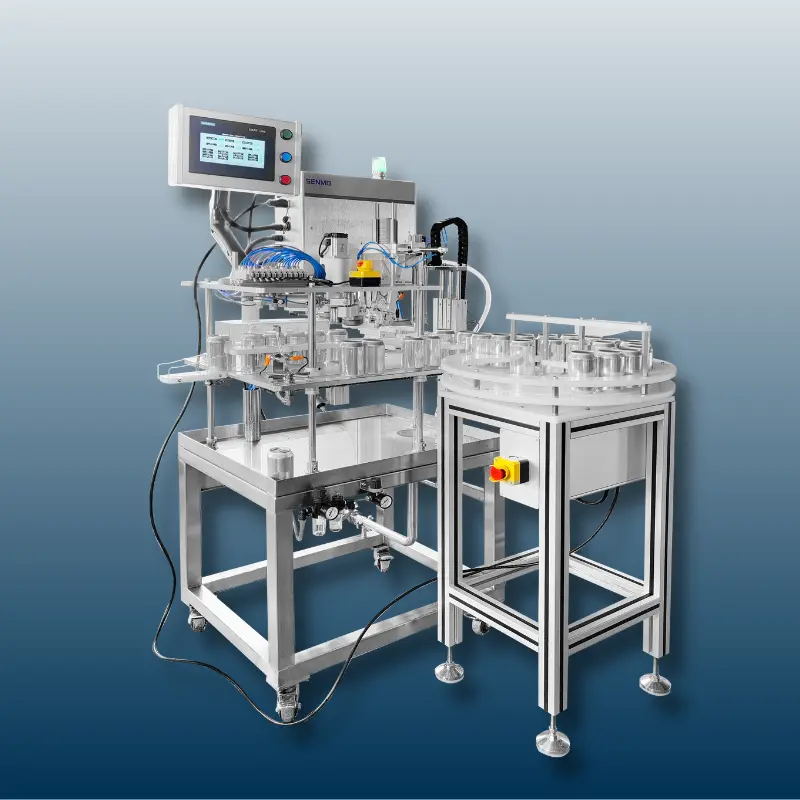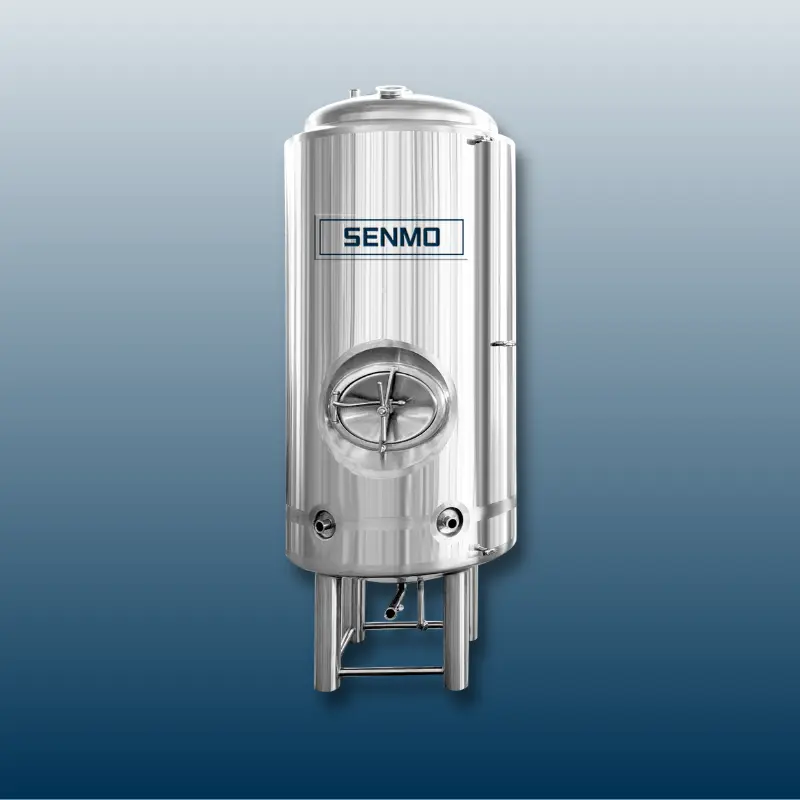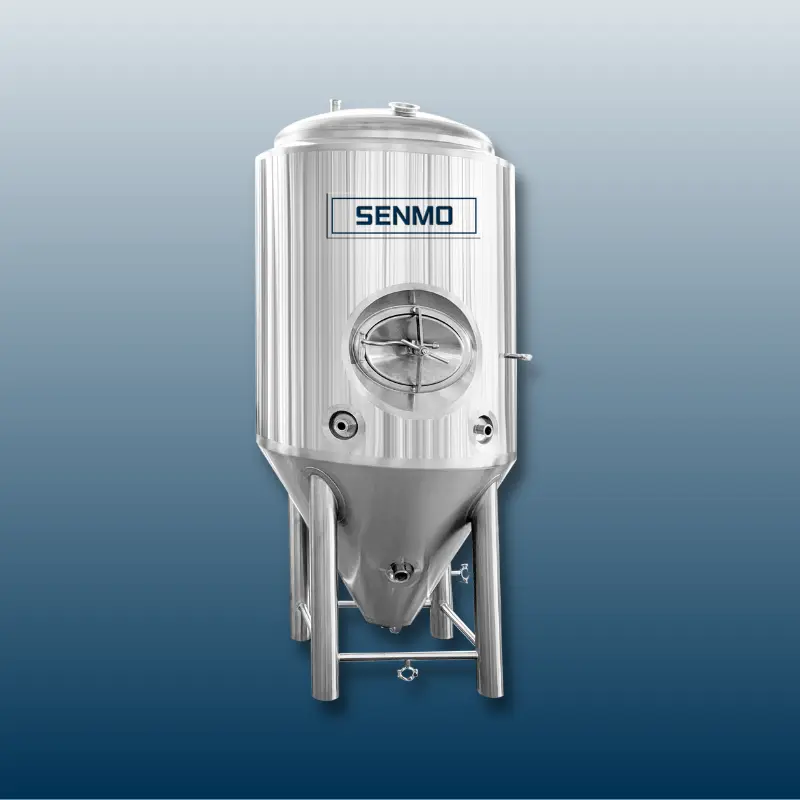How to start a microbrewery

Beer brewing technology and beer equipment configuration
Brewing technology, beer equipment and raw materials are the three major factors that affect the quality and taste of beer. As a fermented alcohol beverage, beer needs four main raw materials: malt, hops, yeast and water. Beer equipment serves beer brewing technology. The manufacturing of beer equipment should follow and meet the basic requirements of beer brewing technology.
Before understanding the equipment, we should understand the main brewing technology and process of beer!See below:
Malt milling 2.Mashing 3.Filter 4.Wort boil (add hops during this process)5.Whirlpool 6.Wort cooling and Oxygen 7.Fermentation(add yeast during this period) 8.Package(Bottling,canning or kegging)

The complete beer brewing equipment is generally divided into: 1. Malt crushing system. 2. Brewhouse system. 3. Fermentation system. 4. Refrigeration system. 5. CIP cleaning system. 6. Control system, 7. Filling equipment, 8. Steam, air pressure and other auxiliary systems. Below is the detailed instruction of each system.
Malt crushing system
The purpose of malt crushing is to better dissolve the substances in malt, the spent grians is used as the filter layer for wort filtration.
The crushing system is mainly composed of malt crusher, malt storage and feeding equipment. Small equipment can only be equipped with malt crusher. The small and medium-sized beer equipment generally equipped with the double-roller malt miller, and the large equipment is equipped with four-roller or five-roller malt miller.
Brewhouse system
The brewhouse system is the brewing core of the whole set of equipment and the malt transferred into wort. That is, "mashing - filtration - boiling - whirlpool sedimentation". These four functional steps are completed by several tuns, which are called "#-vessel brewhouse"(#=2 or 3 or 4 or 5). The hot water tank belongs to auxiliary equipment.
The four functions are realized in three vessels, which is called "three-vessel brewhouse"(Mash tun,lauter tun,kettle/whirlpool tun). The simplest combination of brewhouse is realized by using two vessels, which is called two-vessel brewhouse (Mash/lauter tun,Kettle/whirlpool tun).
When purchasing beer equipment, the type, configuration and size of the brewhouse are determined according to the brewery site conditions, brewing process requirements and beer production batch requirements. At the same time, consider the investment cost.
"Mash - filtration - boiling - whirlpool sedimentation" is the four main process steps of wort preparation. Mash refers to the conversion of insoluble substances (starch, cellulose, part of high molecular protein, etc.) in malt into water-soluble substances (sugar, dextrin, minerals and some proteins), filtration to obtain clear wort, boiling, and whirlpool to form edible wort. The ultimate goal of the mashing is to obtain high-quality wort.After the whirlpoo, the wort should be cooled quickly. Yeast can only reproduce at low temperature and cool the wort to the fermentation temperature required by the process. Make the wort temperature meet the requirements of yeast inoculation.(The lower fermentation should be cooled to 6 ℃ - 9 ℃, and the upper fermentation should be 12 ℃ - 20 ℃).After the wort is cooled, the wort is oxygenated. Only after the yeast absorbs sufficient oxygen can it synthesize the substances needed for its reproduction. Add yeast after oxygenation.
Fermentation system
The fermentation system is mainly composed of fermentation tanks. Wort is fermented into beer in a fermentor. The fermentation tank has cooling and insulation functions. From the inside to the outside of the fermentation tank, there are: inner liner, cooling jacket, insulation layer and outer skin. The control system controls the temperature of beer in the fermentation tank according to the temperature set for fermentation. The coolant of the refrigeration system is the cooling medium.
Refrigeration system
The main function of the refrigeration system is to provide a cold source for the cooling of wort after whirlpool and beer fermentation. The main equipment consists of: Glycol water tank (adding 30% of the tank volume of ethylene glycol or edible alcohol to ensure that there is no freezing at minus 6 ℃), cold water tank (large equipment and many batches of brewing need to be equipped, small equipment can not be used), and chiller.
CIP system
Breweries generally use the Cleaning In Place (CIP) method to clean and sterilize the equipment, that is, the process of cleaning and disinfecting the equipment without removing the equipment parts or pipe fittings in a closed environment.
The larger the beer equipment, the higher the requirements for cleaning the equipment. Configure CIP equipment according to equipment size and requirements.
Control system
It mainly refers to the electronic control, semi-automatic and automatic control of each system. Control of brewhouse system, fermentation system, refrigeration system, etc. The control of small equipment is relatively simple and the price is relatively cheap. Large equipment and equipment have high control requirements, high automation level and complexity, and high cost.
Filling system
The filling equipment mainly refers to the packaging of the mature liquor after beer fermentation.Yhere are glass bottle filling machine, barrel filling machine and barrel washing machine; Bottle filling machine and can filling equipment with high automation. As well as filtration equipment, sterilization equipment (commonly used sterilization equipment: Flash pasteurizer, Tunnel pasteurizer, sterilization kettle), packaging equipment, etc.
Auxiliary equipment
Auxiliary equipment generally refers to the steam boiler,water treatment equipment for brewing water,air compress system and other supporting equipment.

Selection of beer equipment
The selection of beer equipment mainly considers two aspects:
1. Technical configuration requirements for brewing process of equipment.
2. Equipment size and output requirements.
The output depends on the size of the brewhouse equipment and the daily mashing batch; And the size and quantity of fermentation tanks.
Relationship between beer brewing technology and equipment configuration
The brewing process of beer equipment mainly considers the matching of mashing process requirements and equipment function requirements. It mainly involves three aspects:
Mash process: one-temperature mashing or multi-temperature mashing.
The method of washing the spent grains: washing with hot water or with cold water (tap water).
Heating method: electric heating pipe heating, steam heating, or direct fire heating?

Electric heating tube heating or steam heating mainly involves cost and mashing process.
Electric heating pipe heating: install electric heating elements in the wort kettle, and directly heat through electric energy; Boil hot water and wort. Electric heating is suitable for "mash mixing method", but not for "heating by stages". Electric heating is mainly used to heat mash through hot water. Electric heating is not recommended for equipment above 1000L.
Steam heating: the outer side of the inner tank of the wort kettle is equipped with a steam jacket, and use steam boileris generat steam to heat the wort. (Type of steam generator: electric boiler, fuel boiler and gas boiler.)
Direct fire heating: there is a furnace under the kettle to burn natural gas. At present, direct-fire heating equipment mainly burns natural gas. In some places, the price of steam generators is extremely high. In order to reduce the cost of equipment procurement, direct-fired heating is used.
In terms of operation of electric pipe heating and steam heating, steam heating equipment is easy to clean and electric heating maintenance is time-consuming. Steam heating is recommended for brewhouse.
The electric heating pipe can only be used to heat mash (the electric heating pipe can burn hot water and boil wort), and it is not applicable to the step by step temperature rise method for saccharification. The maintenance of electric heating is more difficult than steam heating. Electric heating is local high temperature and uneven heating.
In terms of investment cost: electric tubes heating saves one boiler money than steam heating.
To sum up, the configuration requirements and process suggestions for purchasing small and medium-sized beer equipment are as follows:
Mash temperature heat up stage by stage. 2. Sparging with hot water. 3. Steam heating.
If you plan to start to build brewery and want to learn more about the equipment,please send us inquiry,such as the brewhouse combination,the quantity of the fermenters,your brewery layout drawings...our sales engineer can send you a formal quote for reference.Cheers!

